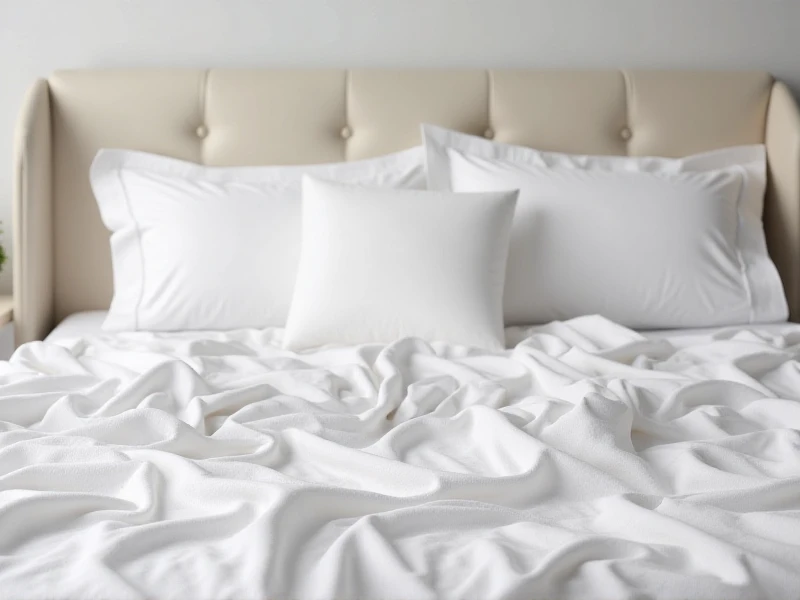Sustainable Textiles: Revolutionizing the Future of Fashion and Home Decor
2025-06-08

The world of textiles is undergoing a dramatic transformation, driven by an urgent need for sustainability. From your favorite clothing to cozy home furnishings, textiles touch every aspect of daily life, shaping not just style but the health of our planet. As consumers become more eco-conscious, the demand for innovative, earth-friendly fabrics is skyrocketing. Why does this matter? Each year, the textile industry consumes vast resources and generates significant pollution, but a shift toward sustainable practices offers hope. This guide dives deep into the essentials of textiles—exploring their history, eco-friendly innovations, and practical tips for choosing better options that enhance your lifestyle while protecting the environment.
Textiles have been a cornerstone of human civilization for millennia, evolving from simple plant fibers spun into cloth by ancient cultures to the sophisticated materials we know today. Early innovations, like silk from China or cotton from India, laid the groundwork for a global industry that now includes diverse textiles like wool, linen, and synthetics such as polyester. Each type offers unique benefits: natural textiles like organic cotton and hemp are breathable and biodegradable, while modern synthetics can be durable and versatile. However, this progress came at a cost—traditional production methods often rely on pesticides, high water usage, and energy-intensive processes. For instance, conventional cotton farming uses roughly 2,700 liters of water for a single t-shirt, contributing to deforestation and greenhouse gas emissions. The key to reversing this trend lies in embracing sustainable textiles, which prioritize renewable resources, minimal waste, and ethical manufacturing.
Sustainable textiles represent a game-changing movement, blending technology with nature to create fabrics that are kind to both people and the planet. Innovations in this space include recycled materials, like textiles made from plastic bottles or discarded apparel, which reduce landfill waste. Brands are also investing in biodegradable options, such as fabrics derived from mushrooms or agricultural waste, that decompose naturally without releasing toxins. Another exciting area is regenerated fibers—think Modal or Tencel—where wood pulp from sustainably managed forests becomes soft, breathable fabric through closed-loop processes that recycle water and solvents. Beyond materials, sustainability covers fair labor practices, ensuring workers earn living wages in safe conditions, avoiding unethical manufacturing overseas.
For you as a consumer, choosing sustainable textiles doesn't require sacrifice—it's about smarter decisions. Start by checking labels for certifications like GOTS (Global Organic Textile Standard) or OEKO-TEX, which guarantee eco-friendly and non-toxic materials. Opt for high-quality textiles that last longer, reducing the cycle of fast fashion where clothes end up in landfills within months. Simple swaps, like picking organic cotton bedding over conventional blends, protect your health by minimizing exposure to harmful dyes and chemicals. In home decor, sustainable textiles shine through innovations: recycled polyester carpet tiles, bamboo-based curtains, or hemp-upholstered furniture add elegance while being low-impact. Major retailers and independent ethical brands now offer affordable options, making it easy to integrate these fabrics into everyday use without breaking the bank.
Looking ahead, the textiles industry is poised for further breakthroughs through technology and collaboration. Innovations like lab-grown leather alternatives are set to reduce animal cruelty, while digital printing minimizes water waste in dyeing processes. Consumer awareness fuels this shift—sharing knowledge on social media platforms helps spread the word and encourages more brands to adopt green strategies. In the long run, prioritizing sustainable textiles isn't just a trend; it's a vital step toward a cleaner, healthier world. By supporting ethical textiles today, you become part of a movement that values environmental stewardship as much as beauty and function. So, explore new fabrics, ask questions, and make choices that reflect your commitment to a brighter future!
Category: